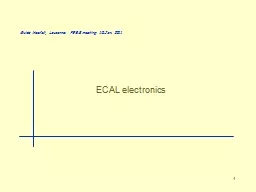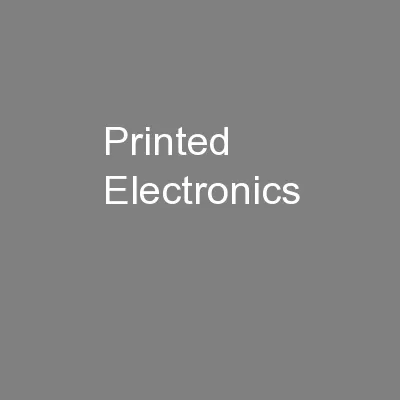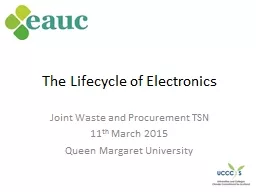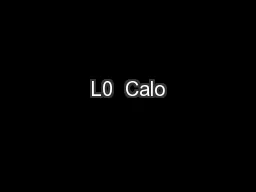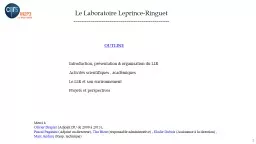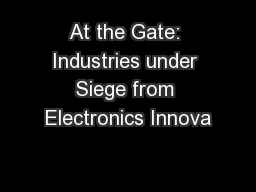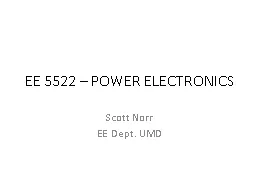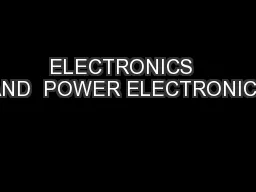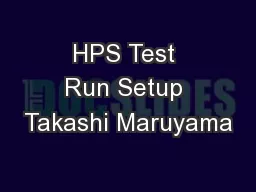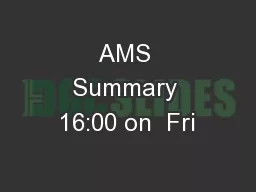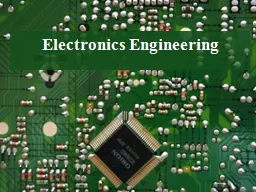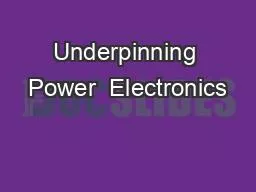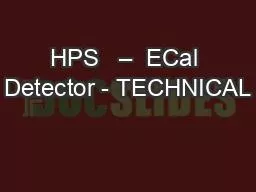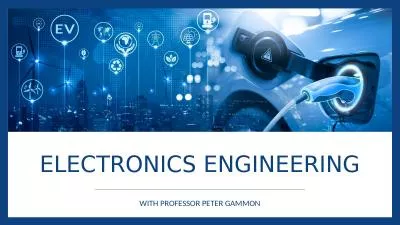PPT-ECAL electronics
Author : jane-oiler | Published Date : 2015-12-11
Guido Haefeli Lausanne PEBS meeting 10Jan 2011 1 Overview SPIROCA in testbeam 92010 Jean Baptiste Why change from SPIROCA to VATA64 VATA64 measurements Plans
Presentation Embed Code
Download Presentation
Download Presentation The PPT/PDF document "ECAL electronics" is the property of its rightful owner. Permission is granted to download and print the materials on this website for personal, non-commercial use only, and to display it on your personal computer provided you do not modify the materials and that you retain all copyright notices contained in the materials. By downloading content from our website, you accept the terms of this agreement.
ECAL electronics: Transcript
Download Rules Of Document
"ECAL electronics"The content belongs to its owner. You may download and print it for personal use, without modification, and keep all copyright notices. By downloading, you agree to these terms.
Related Documents

